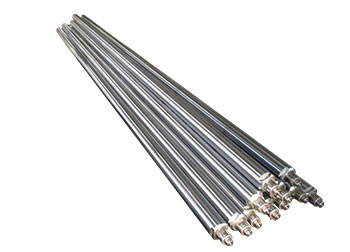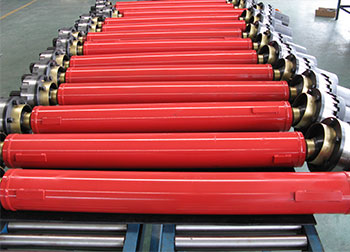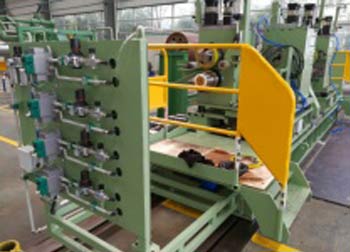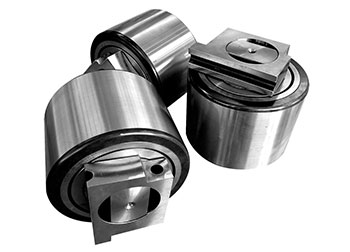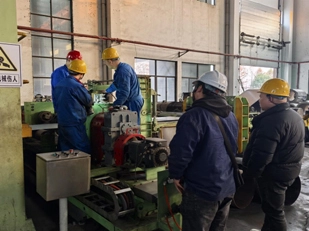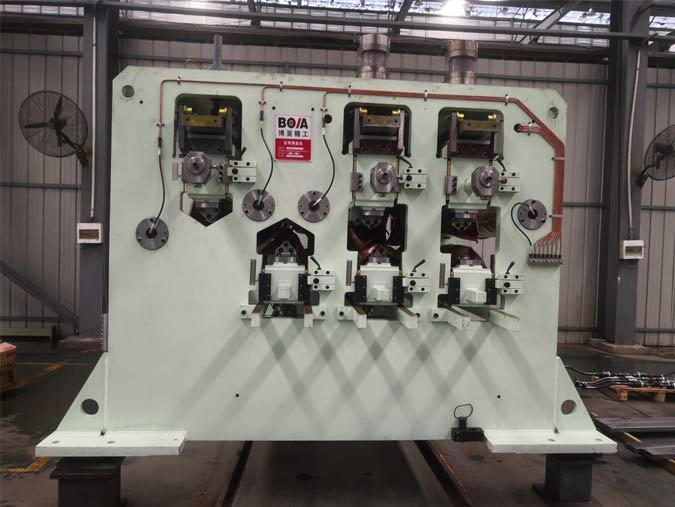Unveiling the Power of Backup Rolls: Enhancing Efficiency in Metal Rolling Mills
In the intricate world of metal rolling mills, where precision and efficiency are paramount, one often overlooked hero plays a crucial role – the backup roll. These unassuming cylindrical components are the unsung champions behind the shaping and refinement of metals. This blog delves into the profound influence of backup rolls, shedding light on their power to enhance efficiency in metal rolling mills.
The Backbone of Metal Rolling Mills
Understanding the Role of Backup Rolls
Backup rolls are the sturdy backbone of metal rolling mills, providing support and stability to the primary work rolls. Their primary function is to maintain the desired shape and thickness of the metal being processed. While work rolls directly contact the metal, backup rolls play a vital role in preventing distortions, ensuring uniformity, and extending the life of the entire rolling system.
Enhancing Precision and Uniformity
Achieving Consistency in Metal Processing
One of the key contributions of backup rolls is their role in achieving precision and uniformity in metal sheets or strips. By counteracting the pressure exerted by the work rolls, backup rolls help maintain a consistent thickness across the length of the material. This uniformity is critical in meeting stringent quality standards and specifications in industries ranging from automotive to aerospace.
Addressing Defects and Improving Surface Finish
Beyond thickness control, backup rolls contribute significantly to addressing surface defects. Their support minimizes the risk of wrinkles, buckles, or other imperfections, resulting in a smoother and more refined surface finish. This is particularly crucial in industries where the aesthetic and functional quality of the metal is paramount.
Extending Equipment Life and Efficiency
Prolonging the Lifespan of Rolling Mill Components
The wear and tear experienced by rolling mill components, especially work rolls, can be substantial. Backup rolls play a pivotal role in distributing the load and reducing the stress on these critical components, thus extending their lifespan. This not only contributes to cost savings but also ensures sustained efficiency in the metal rolling process.
Streamlining Maintenance and Downtime
Efficiency in metal rolling goes hand in hand with minimizing downtime. Backup rolls facilitate smoother maintenance procedures by providing a stable foundation for work rolls, making it easier to replace or repair components when necessary. This proactive approach to maintenance ensures that metal rolling mills can operate at peak performance levels, meeting production demands without unnecessary interruptions.
Investing in the Future of Metal Rolling
Innovations and Advancements in Backup Roll Technology
As the metal industry evolves, so does the technology behind backup rolls. Innovations in materials, coatings, and designs are continuously improving the performance and durability of backup rolls. These advancements not only enhance their ability to support metal rolling processes but also contribute to overall energy efficiency and sustainability in the manufacturing sector.
In the intricate dance of metal rolling, backup rolls emerge as silent powerhouses, ensuring the efficiency, precision, and longevity of the entire process. Understanding and appreciating the role of backup rolls in metal rolling mills is essential for industries aspiring to elevate their production standards. As we unveil the power of backup rolls, we witness the backbone of metal rolling mills, quietly but profoundly shaping the future of metal manufacturing.
Popular BOYA Flat Metal Processing Machinery
Other Articles about BOYA Flat Metal Processing Machinery

 English
English 